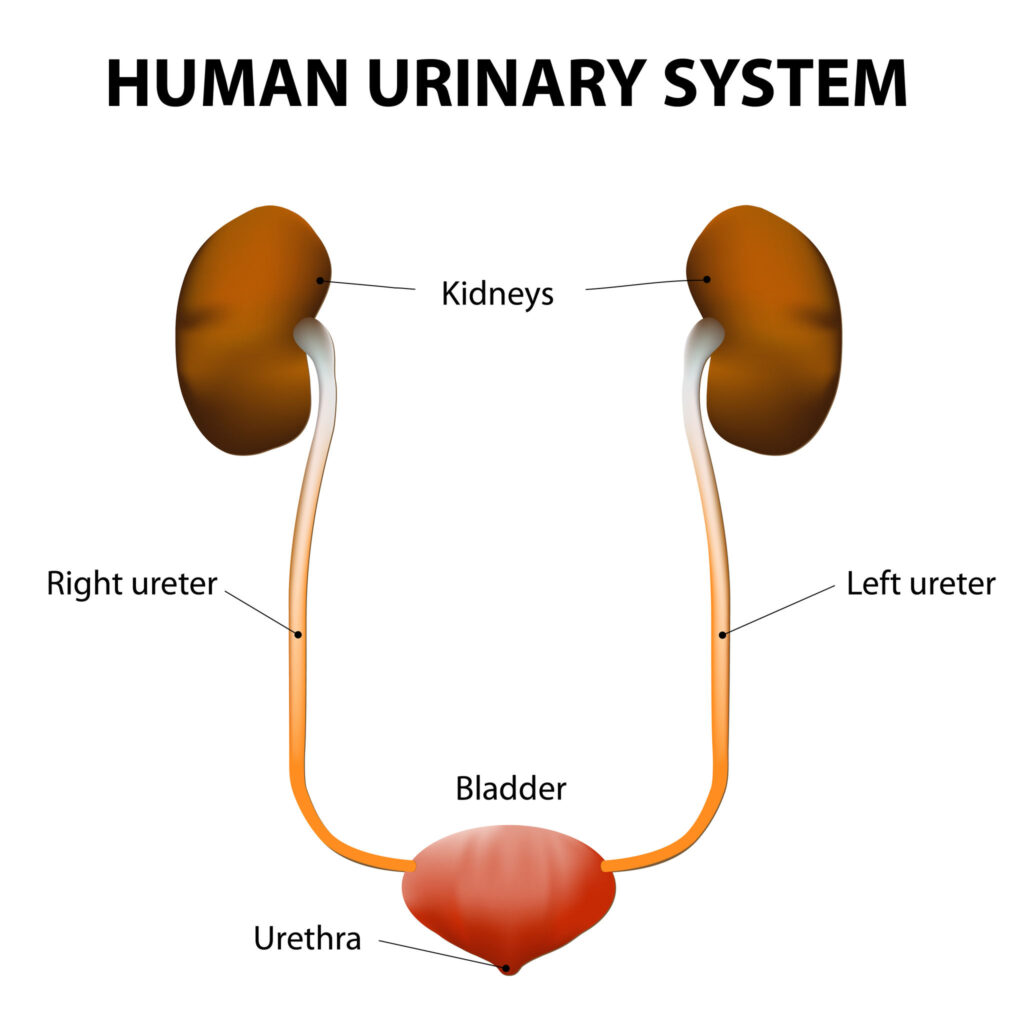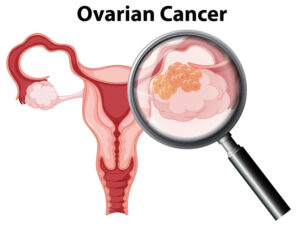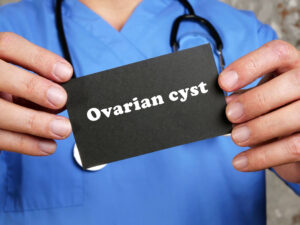Before we jump right in, how about a little background on what defines the urinary system?
The urinary system includes your kidneys, ureters, urethra, and bladder. It is responsible for removing waste from your body in the form of urine. Urine is produced by the kidneys via filtering waste and fluid from your blood.
The kidneys are located toward your back in the upper part of your abdomen. Urine travels from the kidneys through the ureters to the bladder where it is stored until you feel the urge to “go”. Urine is released from the bladder through the urethra.

Urinary Tract Infection Explained
A urinary tract infection is caused by microbes – small organisms that can only be seen with a microscope. Bacteria are the chief cause of UTIs. Although, in some cases fungi and in rare cases viruses can cause UTIs.
UTIs can occur in any part of the urinary system; i.e., the kidneys, bladder, urethra, ureters. They are among the most common infections in humans.
Most infections involve the lower urinary tract; specifically, the bladder and urethra. Urinary tract infections usually occur when bacteria enter the urinary tract through the urethra and multiply in the bladder.
When the urinary system is breached, the bacteria take hold, grow, and develop into a full-blown infection in the bladder.
Causes of UTIs
Women are at a higher risk of having a UTI than men due to female anatomy, more specifically, having a short urethra. Having a short urethra decreases the distance that bacteria have to travel to reach the bladder.
The urethra’s proximity to the anus is another common reason for increased UTIs in women. Bacteria from the anus can get into the urethra, and travel up to the bladder and kidney.
Ever heard of the suggestion to wipe front to back? Now all of a sudden it makes a little more sense.
Genes are also a factor. Some women are more likely to get UTIs than others because of the shape of their urinary tract.
Type of UTIs
The type of UTI is based on where the infection is in the urinary system. They include:
- Cystitis: it’s an infection of the bladder and can be caused by many types of bacteria, but E.Coli (Escherichia Coli) is the most common one. E.Coli is normally found in our GI (Gastrointestinal Tract).
- Urethritis: it’s an infection of the urethra. Urethritis can also be caused by E.Coli and other types of bacterial. This is likely due to its close proximity to the anus. The urethra, being near the vagina, can also be infected with various STIs (sexually transmitted infections) such as gonorrhea, chlamydia, and herpes.
- Pyelonephritis: it’s an infection of the kidney. It can be caused by the Escherichia Coli (E Coli) bacteria, as well as other types of bacteria.
Long-lasting and untreated Kidney infections can have significant consequences, especially if bacteria enter the bloodstream.
Symptoms of UTIs

Depending on where the infection is in the urinary system, symptoms may vary.
If the infection is in your bladder (Cystitis), you might experience the following symptoms:
- Feeling like you have “to go” all the time, yet “going” only a small amount
- Burning sensation during urination
- Occasionally blood in the urine or cloudy urine
- Pelvic pain
- Dark color urine
- Urine with a strong smell
If the infection ascends to the kidneys (Pyelonephritis), you might experience the following:
- Fever
- Chills
- Nausea
- Vomiting
- pain in your side or back.
Risk factors for Urinary Tract Infections
Irrespective of age or sex, anyone can develop a UTI. But like I mentioned earlier, women are more at risk than men.
Research shows that 50% of women will experience at least one UTI during their lifetime, while 20-30% will have recurrent UTIs.
When a pregnant woman has UTI, it’s more likely to travel to the kidneys. This is because of hormonal changes during pregnancy.
UTI during pregnancy can have threatening effects on both the mother and child. That is why even if there are no symptoms, pregnant women are always tested for bacteria in their urine and treated with antibiotics to prevent spread.
Premenopausal:
- History of urinary tract infection
- Frequent/Recent sexual activity especially with multiple partners
- Diaphragm Use/Spermicidal agents
- Obesity
- Kidney stones
- Sickle Cell Trait
Postmenopausal:
- Vaginal Atrophy
- Poor Hygiene
- Prolapse
- Diabetes
- Incomplete Voiding
Anything that causes urine to be trapped in the bladder; for example, a blockage in the urinary tract such as kidney stones (noted above), will lead to an increase in urinary tract infections.
Diabetes and any other medical condition characterized by immunosuppression also increases the risk of UTIs.
Diagnosing and Treating Urinary Tract Infections
Most clinicians will treat based on symptoms alone….otherwise, a simple urine analysis will do.

While a urine culture is not necessary, I typically obtain one to ensure that the causative bacteria are sensitive to whatever antibiotic therapy I have prescribed.
Typical antibiotic regimens for treating urinary tract infections are usually 7-10 days in length.
To eliminate issues with compliance, I tend to prescribe a 3-day course of one of the approved regimens.
Three-day treatment regimens are as effective as 7-10 day courses with cure rates noted to be >90%.
For chronic UTI infections – infections occurring three or more times a year, I advise you to see a urologist to recommend a specific treatment plan.
A treatment plan might include:
- A single dose of antibiotics after sex
- A daily single dose of antibiotics for at least 6 months
- 2-3 day course of antibiotics again if symptoms recur
- A non-antibiotic preventive treatment that might include behavioral changes and dietary supplementation (cranberries).
Preventing Urinary Tract Infections

These steps can be taken to decrease your risk of developing a urinary tract infection.
- Drink lots of water. Increasing your water intake will help dilute your urine, and cause you to urinate more frequently. This will allow bacteria to be flushed from your urinary tract before an infection can begin.
- Urinate after intercourse.
- Drink cranberry juice. Studies are not conclusive on whether cranberry juice works; however, it’s likely not harmful.
- Watch that wiping technique….you know the one, “wipe from front to back”. This helps prevent bacteria from the anus area from spreading to the vagina and urethra.
- Keep the genital area clean
- Remember, less is more. Avoid using potentially irritating feminine products or deodorant sprays (douches/powders) that may prove to be irritants to the vagina and/or urethra.
Hoping this blog adds value to your day! Got questions? leave a comment below.
Until next time,
Choose Happiness.
Dr. Angela.










